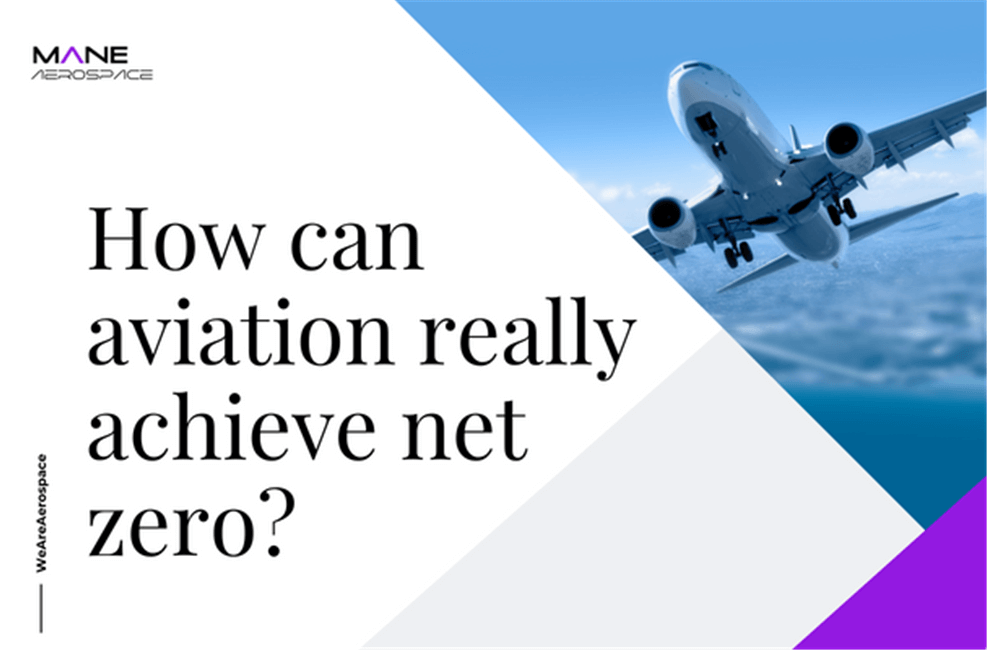How can aviation really achieve net zero?
25 Oct, 202210 minsGetting to net zero won’t just be a matter of boosting efficiency, but of cutting carb...

Getting to net zero won’t just be a matter of boosting efficiency, but of cutting carbon from any remaining fuel use. It will require everyone to pitch in, including investors and air mobility start-ups as well as airlines and original equipment manufacturers (OEMs). There are four possible approaches to the target.
- Incremental technology improvements
These include upgrading to new aircraft models (each generation gets 15-20% more fuel-efficient), using lighter materials, and deploying winglets.
- Operational efficiencies
Introducing more direct routes, optimising speed and altitude, and reducing traffic delays could cut fuel use.
- Disruptive technologies
These are the fully sustainable alternative propulsion methods like electric and hydrogen propulsion.
- Sustainable fuels
These fuels fit into the industry’s existing storage infrastructure but are manufactured from renewable sources like biomass.
Full decarbonisation is still some way off, despite some airlines shooting for net zero as early as 2030. Most of today’s sustainable fuels only cut carbon by 70-80%, battery and hydrogen technologies are still in their infancy and will probably take another decade to get to market, and fuel efficiency is only improving by about 20% a year.
Since sustainable fuels come in a whole range of varieties–the two main categories being biomass and hydrogen combined with carbon–investors should opt for a portfolio approach to limit risk.
The challenge for aviation now is that the easy steps have already been taken, and airlines are running into the natural limits of what they can do in many areas. However, there are still efficiency gains to be made, for example by using AI to cut congestion at airports and by optimising the approach to airports, which is often costly in terms of fuel.
Sustainable fuels, new operational efficiencies, and new aircraft models all come at a cost–so policymakers and industry leaders have a role to play here in incentivising the industry to foot the bill.


